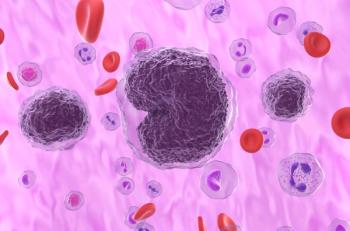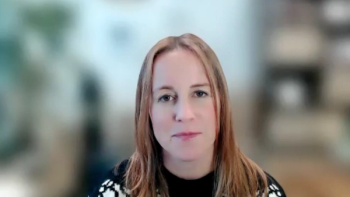
Increased Prevalence, New Biologics Driving Urologic Cancer Market
The rising prevalence of urologic cancers, along with the increased use of hormone therapies and the approval of novel biologics, is driving strong growth in the urologic cancer market globally through 2022.
The rising prevalence of urologic cancers, along with the increased use of hormone therapies and the approval of novel biologics, is driving strong growth in the urologic cancer market globally through 2022,
The June 2016 report forecasts global revenues for the urological cancer market to grow at a compound annual growth rate of 10.39%, doubling from $17.9 billion in 2015 to $35.9 billion in 2022. There are over 800 drugs in the pipeline slated for urologic oncology indications.
Urologic cancers are thought to account for 19.5% of global cancer prevalence; the majority of urologic cancers are kidney, prostate, testicular, and bladder cancers, with prostate cancer the most prevalent of these cancers. The report noted that age, chronic inflammation, gender, obesity, tobacco usage, and heritable cancer syndromes are raising the risk of developing urological cancers. The risk of cancer increases greatly in patients over the age of 65. Thus, as populations in developed countries becoming increasingly older, and the number of obese people grows, driving both the numbers of people with urological cancers and increased revenue for treatments of these cancers.
Currently, the most commercially successful urological cancer treatments are hormone therapies for prostate cancers and angiogenesis inhibitors for renal cell cancers, the report finds. But looking into the future, GBI notes a shift towards the clinical testing of cancer immunotherapies such as Bristol-Myers Squibb’s nivolumab (Opdivo), recently approved by the FDA for renal cell carcinoma. Looking ahead as well through to 2022, GBI research suggests there will be a greater number of targeted therapies. Targeted therapies are associated with less toxicity and can be administered to patients who are not performing well.
“The development and approval of immune checkpoint inhibitors will lower the associated toxicity of urologic cancer therapies and increases their usage in typically poor-performance patients, who have reduced functional status,” Adam Bradbury, an analyst for GBI Research,
GBI’s report forecasts that Roche’s atezolizumab and AstraZeneca’s durvalumab will achieve “blockbuster” status by 2022. GBI believes the lack of other targeted therapies for bladder cancer and an increasing prevalence of these kinds of cancers together set the stage for a quick adoption of atezolizumab, which is expected to generate $2.5 billion in revenues in 2022. Durvalumab is expected to generate $1.2 billion in 2022 after its expected approval, the report states. Although atezolizumab and durvalumab are not expected to surpass revenues generated by already marketed drugs (nivolumab or Medivation’s enzalutamide [Xtandi]), the approval and adoption of these new medications will cause changes in the market, GBI Research predicts.
Newsletter
Stay ahead of policy, cost, and value—subscribe to AJMC for expert insights at the intersection of clinical care and health economics.













































